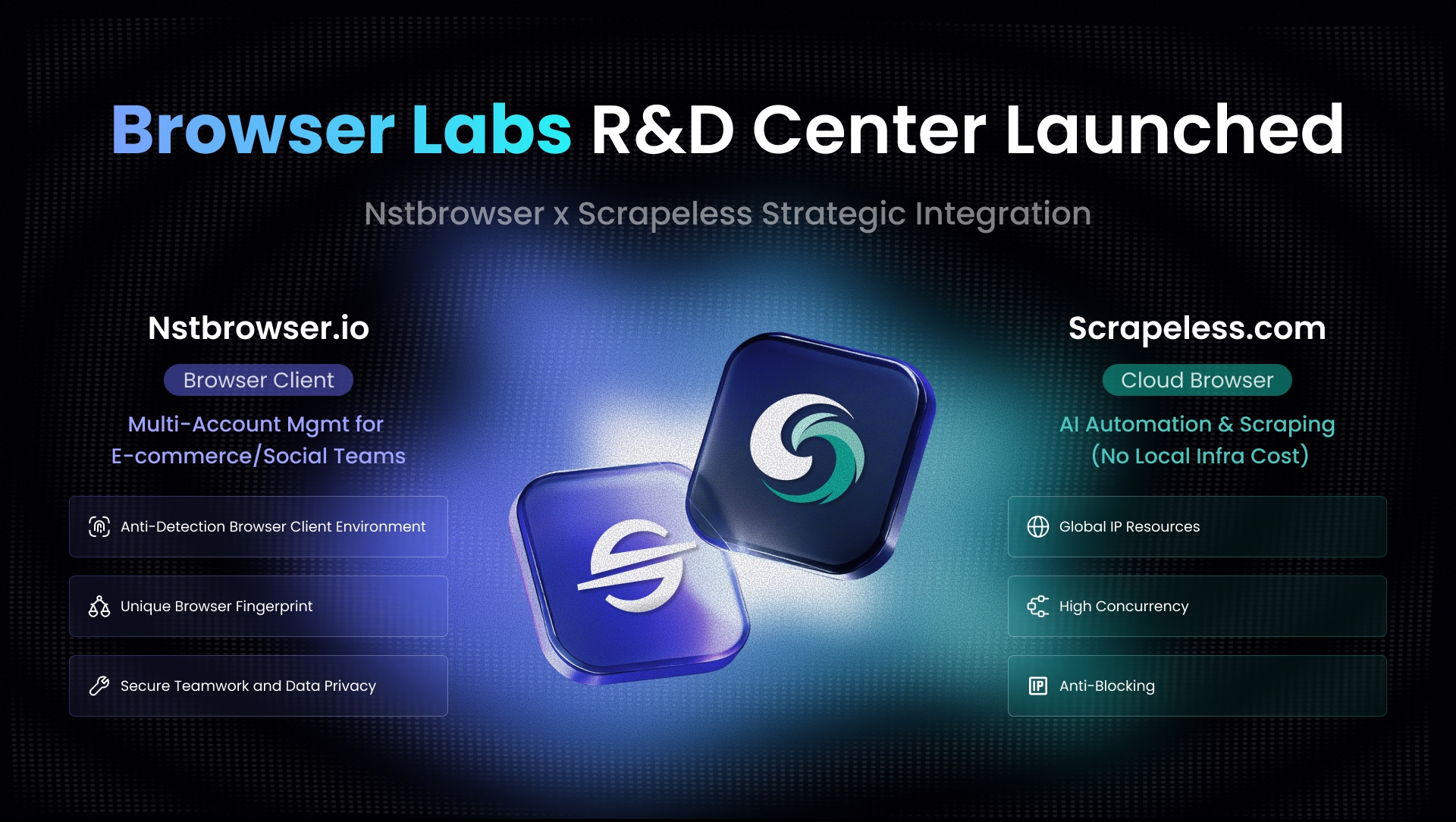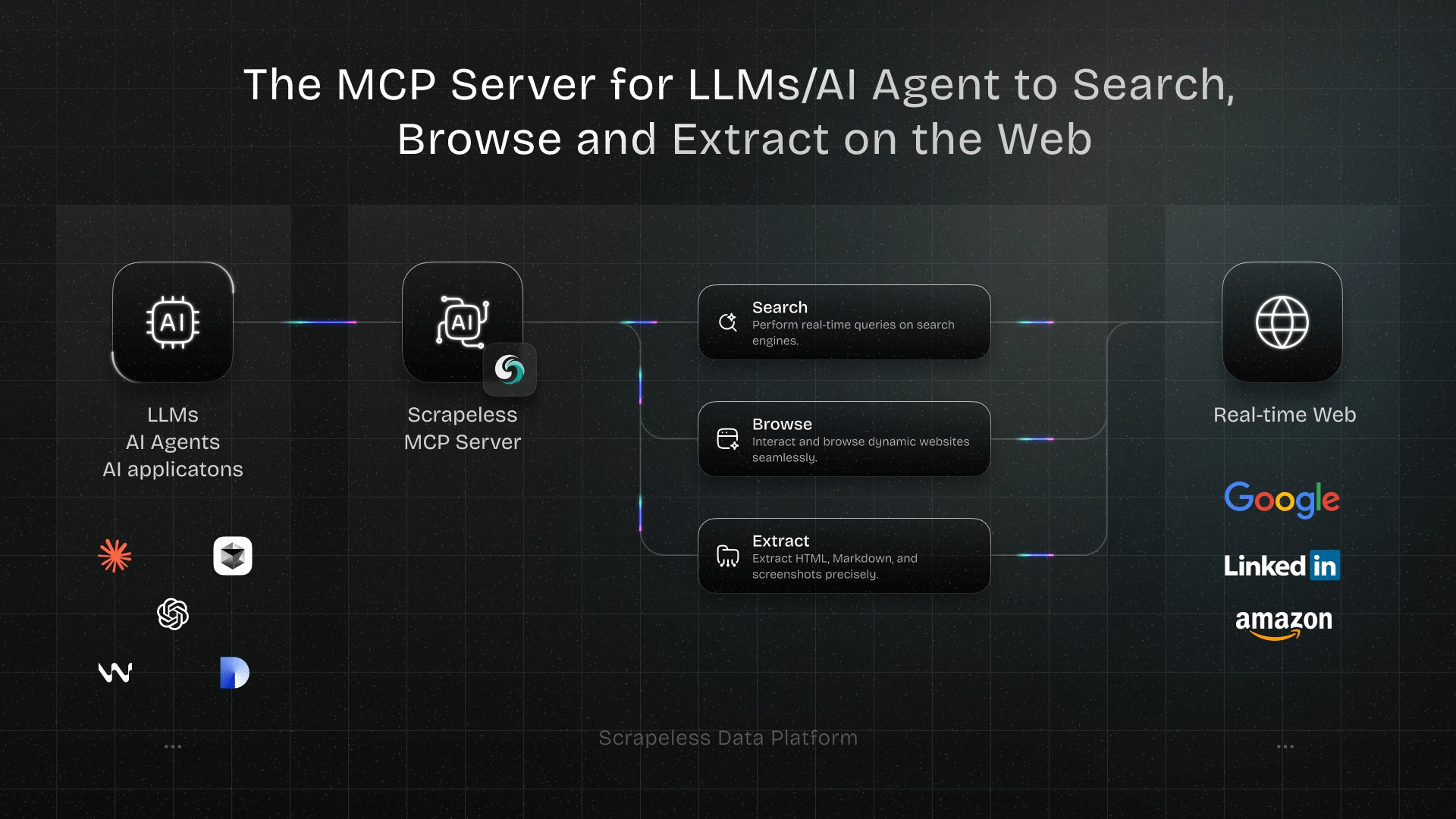AI Data Enrichment: Enhancing Data for Smarter Decisions
Expert Network Defense Engineer
AI Data Enrichment
Business data is often incomplete, inconsistent, or lacking context, which limits its usefulness for strategic decisions. AI data enrichment improves raw data by incorporating trustworthy external sources, providing actionable, high-quality datasets that support better decision-making across different industries.
This guide explains what AI data enrichment is, how it enhances traditional methods, where it’s applied across sectors, and how to implement it effectively.
What is AI Data Enrichment?
AI data enrichment augments first-party records with trusted external attributes. It uses artificial intelligence (AI) for entity resolution (ER), deduplication, and schema standardization – reducing manual lookups.
For example:
- Sales teams enrich company lists with leadership details (CEO, founders), funding updates, technographics, and verified contacts.
- Finance teams combine client profiles with credit bureau attributes and transaction patterns.
That’s decision-ready intelligence for sharper segmentation, smarter routing, more reliable scoring in sales, and stronger risk assessment in finance.
By expanding coverage and improving feature quality, enrichment also strengthens downstream models – reducing classic “garbage-in, garbage-out” effects when sound data governance, bias checks, and ongoing monitoring are in place.
How AI Enhances Traditional Data Enrichment
Traditional data enrichment relied heavily on manual research, lookup tables, spreadsheet formulas, or basic ETL scripts. These methods were time-consuming, error-prone, and hard to scale. AI transforms this process by leveraging advanced technologies to deliver faster, more accurate, and scalable enrichment:
- Pattern recognition and source ranking. ML models impute missing fields and rank data sources by coverage, precision, and freshness.
- Unstructured text processing. NLP and NER extract names, organizations, sentiment, and buying signals from unstructured sources like websites or social media.
- Document understanding. OCR and layout analysis convert invoices, contracts, and forms into structured fields.
- Synchronization and freshness. AI coordinates APIs and datasets, ensuring real-time freshness with deduplication and validation.
Modern enrichment also pairs LLM-powered extraction with master data management (MDM) and ELT pipelines. Teams gather external data via scraping and marketplaces, structure it with LLMs, resolve entities, enforce quality, and serve results through warehouses and vector databases – with RAG techniques ensuring retrieval and observability.
Use Cases Across Industries
AI data enrichment creates value across sectors:
- Marketing & Sales. Refine segmentation, lead scoring, and personalization by enriching profiles with demographic, firmographic, and behavioral data.
- Financial Services. Strengthen risk assessment, fraud detection, and AML models with external signals like filings or alternative credit data.
- Healthcare. Combine EHR with de-identified population and lifestyle datasets to predict readmissions and personalize care.
- Retail & E-commerce. Merge POS and catalog data with external drivers (weather, competitor pricing) to improve demand forecasting and inventory management.
Practical Implementation – Building an AI Enrichment System
Here’s how to build a company data enrichment system that processes a list of company names (typed or uploaded as CSV) to deliver comprehensive business intelligence.
Core Components:
- Web interface. A simple front end (e.g., Streamlit) for company input or CSV upload.
- Data collection. Scrapeless’s Web Scraper API to collect real-time public data.
- AI processing. A large language model (LLM) such as Google Gemini to parse raw text and extract structured fields like CEO, HQ, funding rounds.
Flow:
- Input validation via Streamlit.
- Data scraping with Scrapeless’s Web Scraper API.
- AI extraction into structured JSON.
- Data cleaning and validation.
- Export results into an interactive Streamlit table with filtering and download options.
With Scrapeless, you can easily connect scraping pipelines to AI models, ensuring scalable, high-quality enrichment.
Challenges and Best Practices
Key Challenges
- Data quality issues. Poor or biased data undermines models. Cleaning and validation are critical.
- Integration difficulties. Enriched data often faces compatibility issues with legacy systems.
- Compliance. Regulations like GDPR and CCPA demand transparency, purpose limitation, and lawful basis.
- Infrastructure reliability. Enrichment requires uptime and scalable infrastructure to avoid pipeline bottlenecks.
Best Practices
- Choose Reliable, Compliant Infrastructure. Scrapeless provides scalable, regulation-compliant infrastructure with ethical data sourcing.
- Implement validation and anomaly detection. Automatically flag duplicates, inconsistencies, or anomalies.
- Maintain documentation. Record sources, retention policies, and processing steps for audits and trust.
- Leverage diverse sources. Scrapeless enables integration of multiple high-quality datasets for tailored enrichment.
Conclusion
AI data enrichment transforms raw data into actionable intelligence, supporting smarter decisions, personalized experiences, and revenue growth. By tackling challenges like quality, integration, compliance, and infrastructure, businesses can maximize AI’s potential. Scrapeless empowers teams with reliable scraping, AI-ready pipelines, and compliance-first infrastructure to make this possible.
Next Steps
To master AI data enrichment, leverage Scrapeless’s tools and support:
-
Power AI models with advanced Web Scraper API for seamless public data access.
-
Integrate easily with AI platforms like n8n and Langchain to build AI agents.
-
Explore more on Scrapeless’s blog page for guides and industry insights.
-
Contact Scrapeless support for expert consultation.
👉 Start your free trial with Scrapeless today and transform raw data into smarter business decisions.
At Scrapeless, we only access publicly available data while strictly complying with applicable laws, regulations, and website privacy policies. The content in this blog is for demonstration purposes only and does not involve any illegal or infringing activities. We make no guarantees and disclaim all liability for the use of information from this blog or third-party links. Before engaging in any scraping activities, consult your legal advisor and review the target website's terms of service or obtain the necessary permissions.



